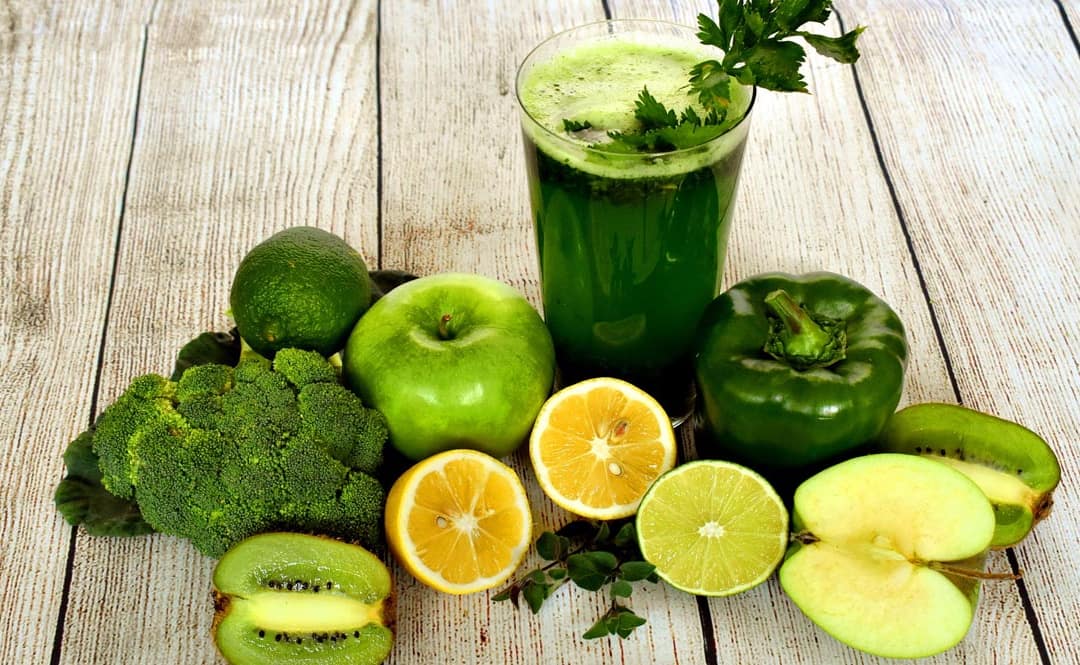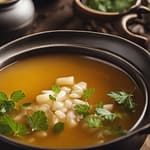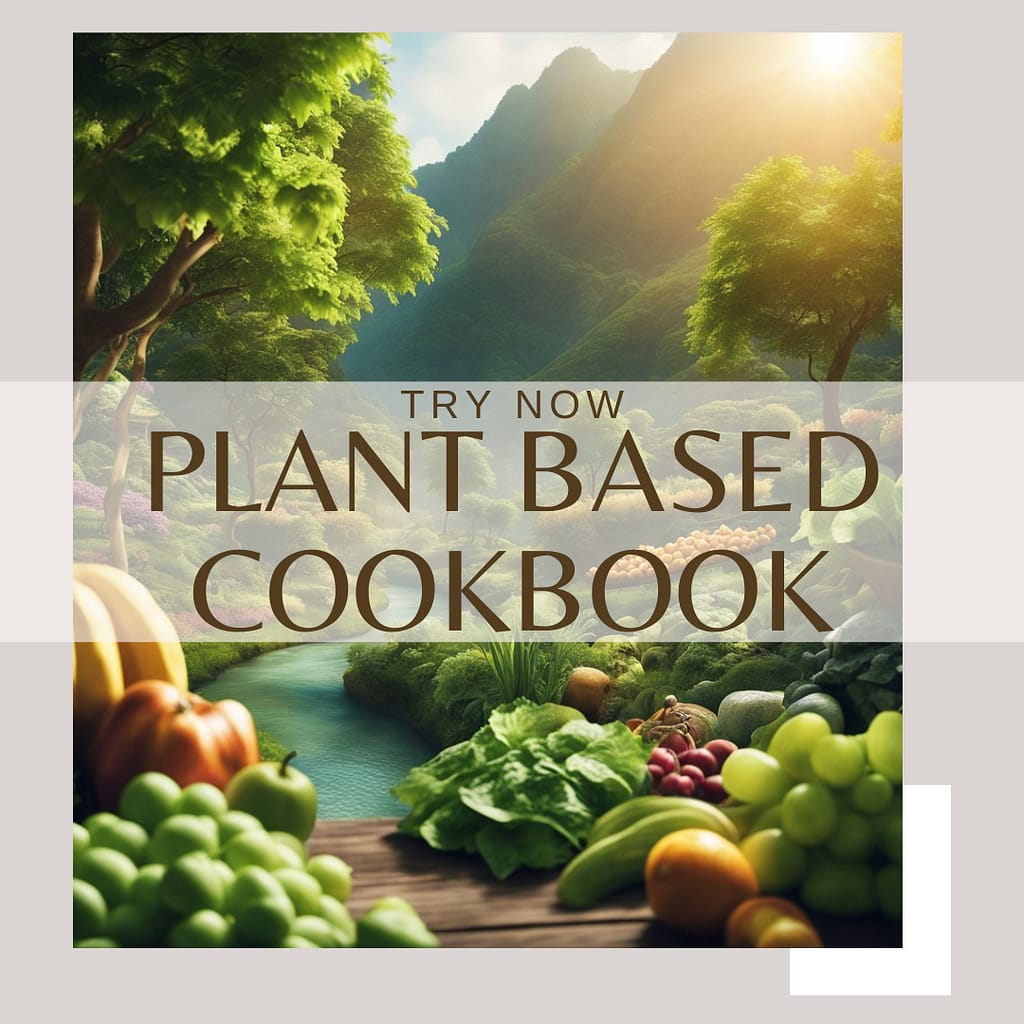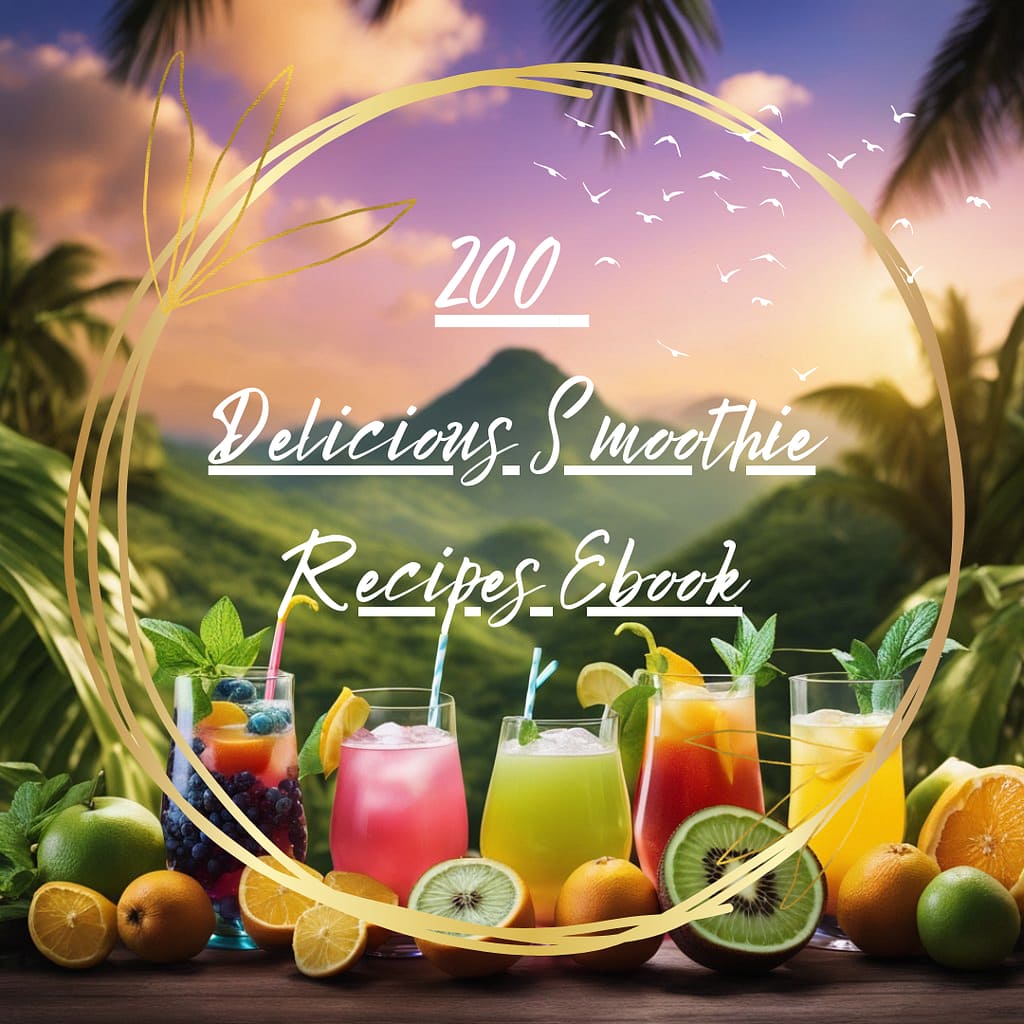Detoxification does not necessarily have to be performed with special products. Many foods contain substances with a detoxifying effect. We present a selection of detoxifying foods.
Can food detoxify?
The term “detoxification” usually refers to substances that absorb toxins (e.g. heavy metals) and lead them out of the body. Although these substances also exist (e.g. alpha lipoic acid, DMPS, DMSA), foods detoxify in a completely different way – in the following:
- Thanks to their richness in vital substances, detoxifying foods strengthen the body in such a way that the efficiency of its own detoxification possibilities increases. A vitamin and mineral deficiency, on the other hand, ensures that toxins settle better in the body and can accumulate there. Some vital substances are used directly for the formation of the body’s own detoxification enzymes, e.g. zinc and selenium.
- Detoxifying foods provide antioxidants that can protect the body and detox organs (liver, kidneys, intestines) from toxin damage so that the latter can detoxify better and do not suffer cell damage. In addition, some antioxidants can specifically stimulate the body’s own detoxification.
- Detoxifying foods provide bitter substances that stimulate the flow of bile, so that harmful substances can be quickly transported into the intestine and from there out of the body with the stool.
- Detoxifying foods can increase glutathione levels. Glutathione is an important component of the body’s own detoxification system.
- Detoxifying foods often have a diuretic effect, promoting the rapid elimination of toxins through the kidneys.
Which foods have a detoxifying effect?
Almost all natural foods from the plant world have one or more of the detoxifying properties mentioned above. We list a selection of these detoxifying foods as examples:
Citrus fruits support detoxification
Citrus fruits such as oranges, mandarins and lemons provide vitamins and minerals as well as flavonoids from the realm of secondary plant substances. The citrus flavonoids (e.g. limonin, hesperidin, naringin, etc.) have an antioxidant effect on the one hand, and have a positive, i.e. activating effect on the liver and its detoxification enzymes on the other.
So eat citrus fruits regularly – especially during the season (late autumn, winter, late winter). Citrus fruits fit very well into fruit salads and harmonize wonderfully with almost all other fruits.
If you prepare green smoothies, integrate freshly squeezed orange juice, which also greatly improves the taste of kale smoothies, for example.
Dandelion supports detoxification
Dandelion is an ancient remedy that can protect our body from many diseases. Dandelion has a liver and kidney strengthening effect thanks to numerous high-carat plant substances (sesquiterpenes, chicory acid, taraxasterol etc.) in addition to cancer-inhibiting and antidiabetic properties and can therefore optimally promote detoxification.
The entire plant, which by the way is one of the most basic foods, can be eaten – roots, leaves and flowers. As dandelions can be found almost all year round in the garden or in the great outdoors, they are an inexpensive means of supporting the body’s own detoxification.
Dandelion leaves fit very well into salads or smoothies. But you can also simply eat it as finger food with sandwiches directly from your hand or put it chopped on a bread with nut cheese for example.
If necessary, you can also buy dandelion leaf powder and dandelion root extract as food supplements. If you have a garden with plenty of dandelion, you can of course make both yourself:
For a dandelion root powder you dig out dandelion roots in autumn or spring, dry them at temperatures below 40°C (in the sun, above the heating or with a dehydrating device) and grind them into powder, for example with a coffee grinder. During detoxification you can take a knife tip of dandelion root powder diluted in water several times a day to strengthen the liver.
Liquorice supports detoxification
Liquorice is mainly used in eastern traditional healing methods to strengthen the liver and to treat liver problems. Among other things, liquorice has blood-cleansing, immune-strengthening and therefore overall detoxifying properties, which is why the liquorice root is very suitable for a detoxification cure.
However, liquorice tea should only be drunk over a period of about six weeks. Afterwards you should take a liquorice break for about two weeks before you can drink the tea again for another three to four weeks.
Garlic supports detoxification
Garlic is a very versatile, antioxidant and antimicrobial food that is used in many ways. Garlic, for example, activates certain detoxification enzymes and stimulates blood circulation.
The sulphur components of garlic are excellent chelates for toxic heavy metals. Chelates can bind heavy metals and thus cause them to be excreted from the body.
According to one study, garlic extract has the same effect as DMSA in lead-induced kidney damage in rats. The therapy of a combination of garlic extract and milk thistle had the same improving effect as DMSA after a 5-day treatment. In another study, garlic showed a protective effect against cadmium.
It is important to consume garlic in its raw form, as many of the valuable ingredients are lost when heated. A little fresh garlic in the salad can therefore support the detoxification of the body very well.
Coriander supports detoxification
Coriander is used in many dishes as an aromatic spice. In addition, coriander is said to support the elimination of heavy metals, especially from areas of the body that are difficult to access, such as the brain.
If you like coriander, you can integrate it (the leaves) into your detoxification cure or simply into your daily diet – e.g. in the form of pesto or as an addition to alkaline soups.
Nettle supports detoxification
Nettle is one of the best known blood cleansing and detoxifying foods. It stimulates kidney function and has an enormous diuretic effect. It also has an extremely cleansing and regenerating effect on the digestive system.
Nettle can be eaten either as a warm tea in combination with fresh lemon juice or as an ingredient for green smoothies. If fresh stinging nettle leaves are not available, you can use homemade stinging nettle leaf powder or powder from the trade.
You can also prepare young nettle leaves such as spinach or chard as a vegetable dish, soup or pesto.
Parsley supports detoxification
Parsley is a real miracle herb. Parsley contains a whole range of valuable ingredients that have a health-promoting effect in many ways. It is particularly known for its diuretic properties. Parsley is one of the herbs that promote detoxification.
Fresh parsley not only refines various dishes, but is also a little helper during a detoxification treatment. But don’t just use the parsley leaf by leaf, because its effect will hardly be noticeable. In your smoothie, take 20 to 40 grams of parsley, not daily of course, but twice a week, for example, alternating with other herbs.
Parsley can also be stored as parsley leaf powder and is therefore always available – for smoothies or shakes or as a spice.
Chili/Cayenne supports detoxification
Cayenne pepper is not real pepper, but ground chilli peppers. The capsaicin it contains helps digestion, improves blood circulation and stimulates the metabolism, which can also promote weight loss in the case of overweight.
Chili can therefore be used very well as a detoxifying food – but only by lovers of spicy cuisine.
If you need a little pick-me-up, stir half a teaspoon of cayenne pepper into a glass of water or add the spice to your lemon water.
Cayenne is also available in the form of capsaicin capsules as a dietary supplement, which can then be taken specifically to support drainage.
Turmeric supports detoxification
The yellow spice turmeric contains, among other things, curcumin, which is regarded as a liver-protecting antioxidant. At least one study showed how well curcumin can support mercury drainage.
Thus turmeric is also a very good detoxifying food that can be integrated into the diet during detoxification. The isolated curcumin can also be taken in the highly effective combination with black pepper extract as a dietary supplement during detoxification.
Green leafy vegetables support detoxification
In addition to many vitamins and minerals, green leaf vegetables also contain large amounts of the green leaf pigment chlorophyll. Chlorophyll is very helpful in the elimination of toxins and can improve liver function.
Animal studies have shown, for example, that chlorophyll can protect against dioxin poisoning.
Spinach, kale, rocket, watercress, nettle, chard or the already mentioned wild plants such as dandelion and nettles are therefore ideal foods during a detoxification treatment. They often have a slightly diuretic effect and thus also support the kidneys and liver.
If you integrate these detoxifying foods into your daily diet, you will support the body’s own detoxification processes, improve the health and performance of your detox organs and thus protect yourself from the consequences of continuous exposure to toxins.
Accompanying measures improve the effect of detoxifying foods
Of course, detoxifying foods can have a better effect the more further detox measures are taken. These include in particular the following:
omit harmful substances (no alcohol, no cigarettes, only natural cosmetics and body care products, only organic cleaning agents, etc.)
- Proper nutrition
- water and herbal teas as sole drinks (no other drinks, green tea if necessary)
- Dry brush massages
- Workout
- Sauna and changing showers
- Optimization of the vital substance level
- Good stress management
You like to try new recipes? Have a look at all our recipes here







